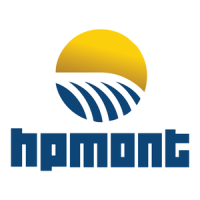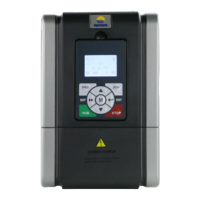Why is my hpmont HD09 overloading?
- CCarly MccormickAug 19, 2025
An hpmont Inverter might overload due to several reasons: the acceleration time being too short, improper settings of the V/f curve or torque boost leading to overcurrent, low mains supply voltage, or the motor load being too high. To resolve this, try the following: * Adjust the acceleration time using parameter F03.01. * Adjust the V/f curve (F09.01 - F09.06) or torque boost (F09.07, F09.08). * Check the mains supply voltage. * Use an inverter with a proper power rating.



